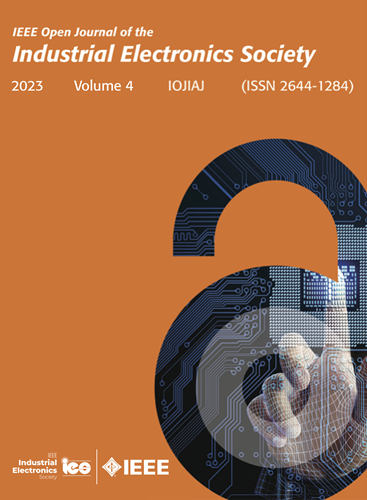基于抗干扰分布式 Lyapunov 的四足机器人编队跟踪模型预测控制
IF 7.2
1区 工程技术
Q1 AUTOMATION & CONTROL SYSTEMS
引用次数: 0
摘要
提出了一种基于分布式lyapunov模型预测控制(DLMPC)的自主四足机器人编队跟踪算法。我们描述了AQR成员在有限输入数量的扰动环境中的运动特性。在局部框架内,设计了一种抗干扰策略,在状态预测和辅助控制器设计中都引入观测器,以提高控制性能。我们明确考虑了AQR的动平衡和速度限制,以提高轨迹的可行性。通过预测邻居的行为,针对缓冲区引入了aqr间碰撞的惩罚。我们通过设计最坏情况收缩来解析解决闭环鲁棒稳定性问题。实际分布式控制系统的硬件实验证明了该算法具有良好的实时性和鲁棒性。本文章由计算机程序翻译,如有差异,请以英文原文为准。
Antidisturbance Distributed Lyapunov-Based Model Predictive Control for Quadruped Robot Formation Tracking
This article proposes a novel distributed Lyapunov-based model predictive control (DLMPC) algorithm for a team of autonomous quadruped robots (AQRs) to achieve the formation tracking. We describe the motion characteristic of the AQR members in a disturbed environment with a limited number of inputs. Within the local framework, an anti-disturbance strategy is designed to improve the control performance, where an observer is presented in both state prediction and auxiliary controller design. We explicitly consider the AQR’s dynamic balance and speed limits to enhance the trajectory feasibility. By predicting the neighbors’ behavior, a penalty for inter-AQR collision is introduced with regard to a buffer zone. We analytically address the closed-loop robust stability by the design of a worst-case contraction. Hardware experiments with the real-world distributed control system witness the superior real-time control performance and robustness of our algorithm.
求助全文
通过发布文献求助,成功后即可免费获取论文全文。
去求助
来源期刊

IEEE Transactions on Industrial Electronics
工程技术-工程:电子与电气
CiteScore
16.80
自引率
9.10%
发文量
1396
审稿时长
6.3 months
期刊介绍:
Journal Name: IEEE Transactions on Industrial Electronics
Publication Frequency: Monthly
Scope:
The scope of IEEE Transactions on Industrial Electronics encompasses the following areas:
Applications of electronics, controls, and communications in industrial and manufacturing systems and processes.
Power electronics and drive control techniques.
System control and signal processing.
Fault detection and diagnosis.
Power systems.
Instrumentation, measurement, and testing.
Modeling and simulation.
Motion control.
Robotics.
Sensors and actuators.
Implementation of neural networks, fuzzy logic, and artificial intelligence in industrial systems.
Factory automation.
Communication and computer networks.
 求助内容:
求助内容: 应助结果提醒方式:
应助结果提醒方式:


